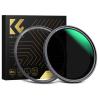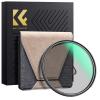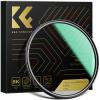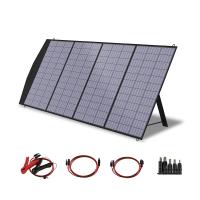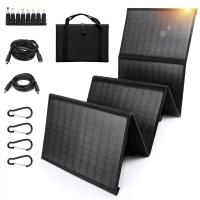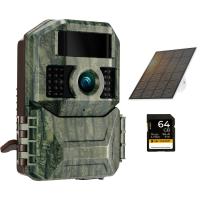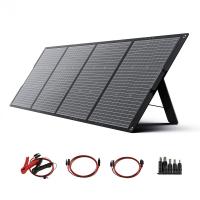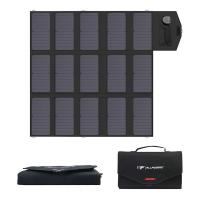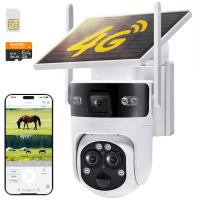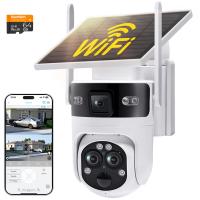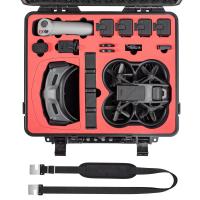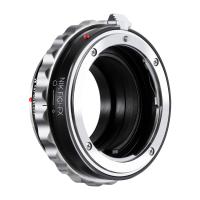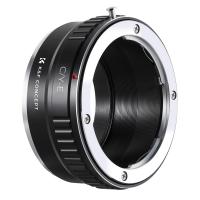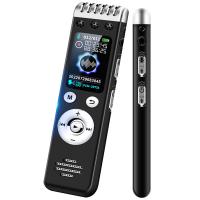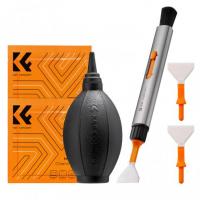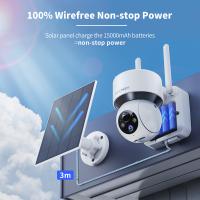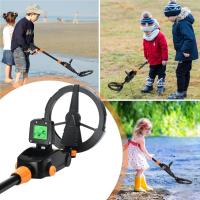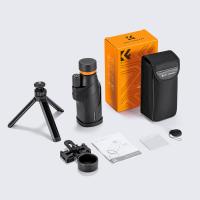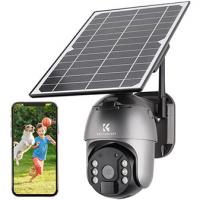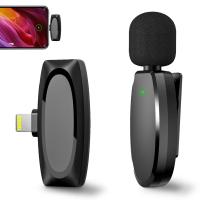How To Keep Snow Off Of Solar Panels?
As the popularity of solar energy continues to rise, more homeowners and businesses are investing in solar panels to harness the power of the sun. However, for those living in regions that experience heavy snowfall, keeping snow off solar panels can be a significant challenge. Snow accumulation on solar panels can drastically reduce their efficiency and energy output. In this article, we will explore various methods and strategies to keep snow off solar panels, ensuring they remain effective throughout the winter months.
Understanding the Impact of Snow on Solar Panels
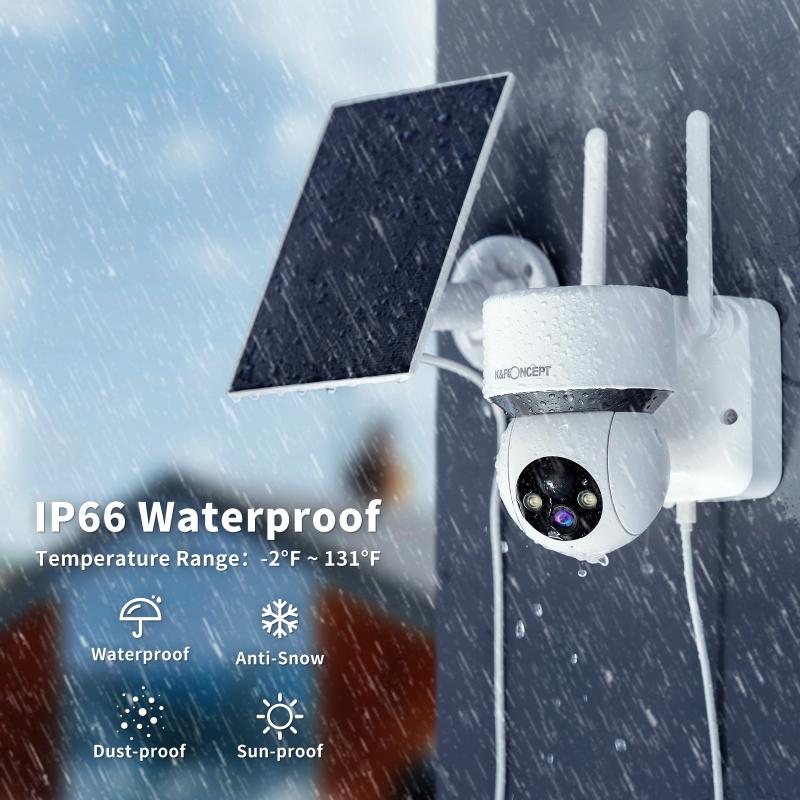
Before diving into the solutions, it’s important to understand how snow affects solar panels. When snow covers the surface of solar panels, it blocks sunlight from reaching the photovoltaic cells, thereby reducing or completely halting energy production. Even a thin layer of snow can significantly impact the efficiency of solar panels. Additionally, the weight of accumulated snow can potentially damage the panels or their mounting systems.
Methods to Keep Snow Off Solar Panels

1. Tilt and Orientation
One of the simplest and most effective ways to prevent snow accumulation on solar panels is to install them at an optimal tilt and orientation. Solar panels should be installed at an angle that allows snow to slide off naturally. The ideal tilt angle varies depending on your geographic location, but generally, a steeper angle (around 30-45 degrees) is more effective in shedding snow. Additionally, orienting the panels towards the south (in the Northern Hemisphere) ensures maximum exposure to sunlight, which can help melt any snow that does accumulate.
2. Snow Guards and Snow Fences
Snow guards and snow fences are devices that can be installed on the roof to prevent large amounts of snow from sliding off all at once. These devices help to break up the snow into smaller, more manageable pieces, which can then melt or be removed more easily. While snow guards and fences are typically used to protect gutters and other roof structures, they can also be beneficial for solar panels by reducing the overall snow load.
3. Heated Solar Panels
Heated solar panels are equipped with built-in heating elements that can melt snow and ice. These panels use a small amount of the electricity they generate to power the heating elements, ensuring that snow does not accumulate on the surface. While heated solar panels can be more expensive than standard panels, they can be a worthwhile investment in areas with heavy snowfall.
4. Manual Snow Removal
For those who prefer a hands-on approach, manually removing snow from solar panels is an option. This can be done using a soft-bristled broom, a roof rake, or a specialized snow removal tool designed for solar panels. It’s important to use tools that will not scratch or damage the panels. Additionally, safety should be a top priority when removing snow from solar panels, especially if they are located on a roof. Using a roof rake with an extendable handle can help you reach the panels from the ground, reducing the risk of falls.
5. Anti-Snow Coatings
Anti-snow coatings are hydrophobic treatments that can be applied to the surface of solar panels to prevent snow from sticking. These coatings create a slippery surface that encourages snow to slide off more easily. While anti-snow coatings can be effective, they may need to be reapplied periodically to maintain their effectiveness.
6. Solar Panel Covers
Solar panel covers are protective sheets that can be placed over the panels during heavy snowfall. These covers prevent snow from accumulating on the panels and can be easily removed once the snow has stopped. While this method requires some manual effort, it can be an effective way to protect your solar panels during severe weather conditions.
7. Automated Snow Removal Systems
For those looking for a more high-tech solution, automated snow removal systems are available. These systems use sensors to detect snow accumulation and activate heating elements or mechanical brushes to clear the snow. While these systems can be expensive, they offer a convenient and efficient way to keep solar panels snow-free.
Best Practices for Maintaining Solar Panels in Winter
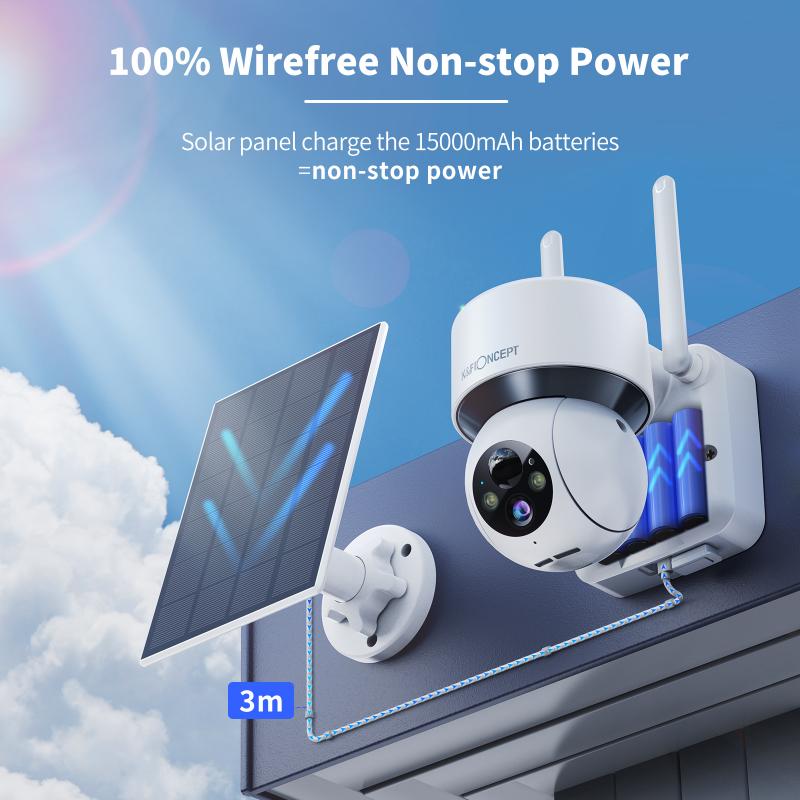
In addition to the methods mentioned above, there are several best practices that can help ensure your solar panels remain effective during the winter months:
- Regular Inspections: Regularly inspect your solar panels for any signs of damage or wear. This is especially important after heavy snowfall or storms.
- Monitor Energy Output: Keep an eye on your solar panel system’s energy output. A sudden drop in production could indicate that snow or ice is obstructing the panels.
- Clear Surrounding Areas: Trim any overhanging branches or remove obstacles that could cause additional snow to accumulate on your panels.
- Professional Maintenance: Consider hiring a professional to perform regular maintenance and cleaning of your solar panels. This can help ensure they remain in optimal condition year-round.
Keeping snow off solar panels is essential for maintaining their efficiency and maximizing energy production during the winter months. By implementing the methods and strategies discussed in this article, you can ensure that your solar panels remain snow-free and continue to provide clean, renewable energy even in the harshest winter conditions. Whether you choose to install heated panels, apply anti-snow coatings, or manually remove snow, taking proactive steps to protect your solar panels will help you get the most out of your investment.

